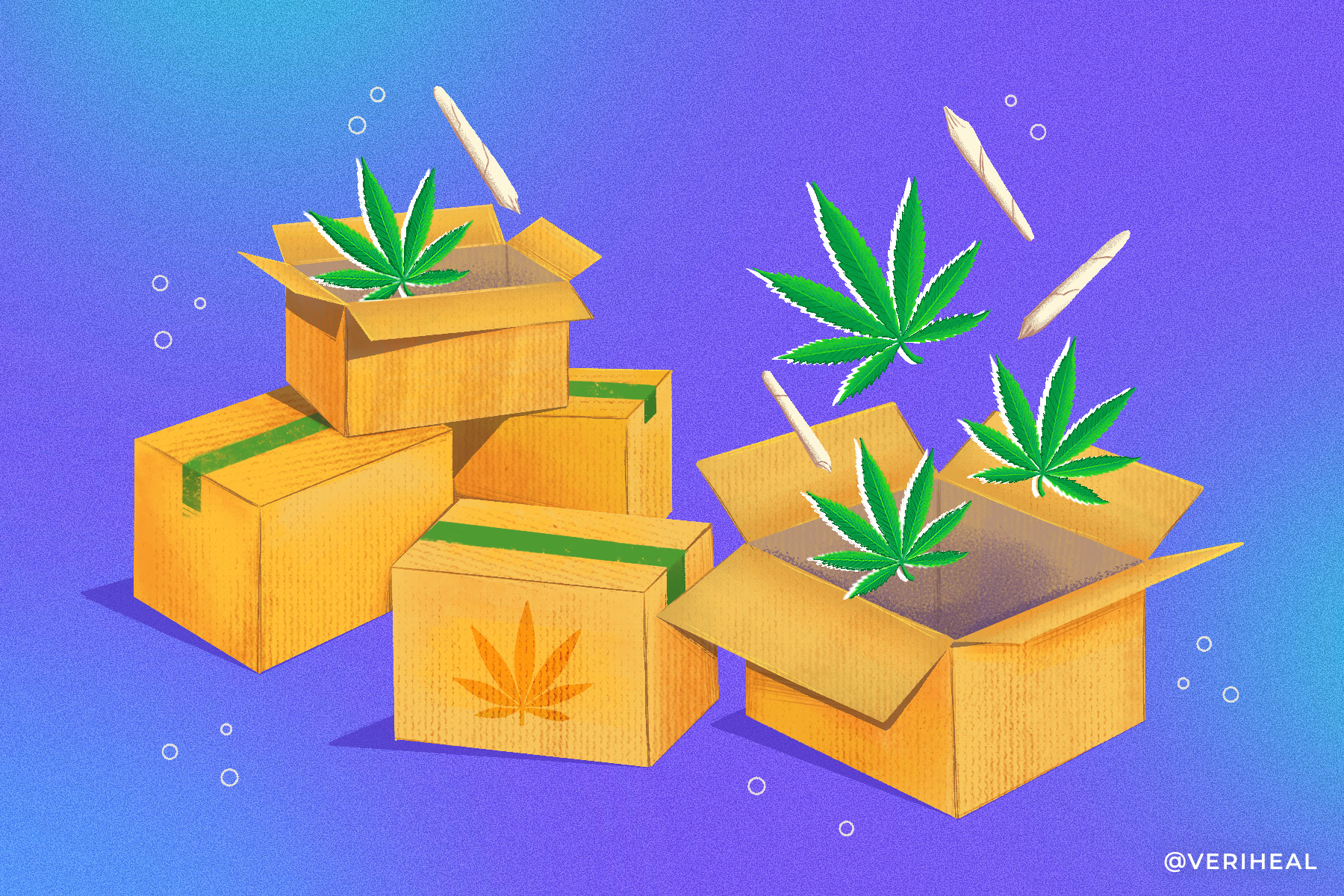Despite access to sustainable packaging alternatives such as hemp, plastic packaging remains the preferred material for packaging cannabis products. There are individuals and organizations who are getting creative with the current plastic in use, like [Re]Waste. Unfortunately, recycling and re-use solutions are not enough to deal with the plastic crisis. Many believe that hemp-based packaging could be a solution to the plastic problem in the cannabis industry—so why isn’t it being used more widely?
The Cannabis Industry’s Plastic Problem
Cannabis consumers and activists that fought for the formation of the legal cannabis industry had social justice at the core of their mission. Certain expectations begin to form when it comes to the creation of an industry with justice at its center.
For many involved in the industry justice doesn’t stop at drug policy or criminal justice reform. Many cannabis advocates also advocate for the creation of an industry that prioritizes environmentally sound principles such as sustainable cultivation, packaging and distribution practices.
However, the cannabis industry is facing a plastic problem—which is upsetting many people who are cannabis consumers. While there is an increase in alternative packaging to plastic, such as glass containers, many cannabis products are still being sold in plastic packaging.
Anyone who has stepped inside a cannabis dispensary can tell you that plastic is everywhere. Examples of these types of packaging include plastic bags and Tupperware-like containers. Plastic containers can be kept and reused, but many of the plastic packaging is single-use.
Mark Hay from MIC explains that the cannabis industry wants to do well with respect to its impact on the environment, but that plastic use is standing in the way. Hay notes that it’s odd to see an industry that wants to do well by the environment, but then has products which “often comes wrapped in excessive amounts of plastic, a notoriously environmentally unfriendly substance.”
He goes on to provide an example where one gram of cannabis comes in a plastic bag, which contains up to 70 grams of plastic. He explains that this amount is more plastic per unit of a product than “most licit industries use.”
Packaging Regulations for Cannabis is a Challenge for Sustainability
As it turns out, the cannabis industry is riddled with plastic packaging because of packaging regulations intended to make it difficult for minors to open the packaging. This kind of packaging is also commonly referred to as “child-resistant” packaging.
Margaret Jackson from MJBiz explains that many cultivators and producers of cannabis products are relying on packaging manufacturers to ensure their company’s packaging is compliant with state regulations. Robbie Wroblewski from Seed & Smith, explains that “we’re really at the will of the (packaging) manufacturer when they go and get these certifications (for packaging compliance with state regulations).”
Why You Should Get Your Medical Marijuana Card
Veriheal has satisfied millions of patients nationwide by giving them access to these benefits
- Larger purchase limits
- Peace of mind
- Enhanced legal protection
- Access to higher potency strains
- Save up to 25% on cannabis purchases
- Skip the line at the dispensary
Wroblewski goes on to explain that for “a small business like us, it’s (about) cost efficiency.” This highlights a couple of reasons why plastic continues to be used for packaging in the cannabis industry, despite the existence of more environmentally friendly alternatives.
Plastic packaging remains the safest bet to ensure packaging compliance since plastic packaging is more well-established, and has perfected child-proof packaging. However, should cheaper costs and easier packaging compliance be good enough reasons to continue harming our planet for the sake of cannabis products?
There are alternative materials which can be used to meet packaging requirements, despite increased cost and effort. There really should not be a price limit on the cost of eco-friendly packaging when the alternative is the cost of our planet. One of the packaging solutions that should be given more attention is hemp-based packaging.
The Hemp-Based Packaging Solution
While plastic is being used as a result of ease and cost efficiency for businesses, despite the cost to our planet, hemp-based packaging is still largely considered to be luxury packaging. Earth911 explains that hemp has the opportunity, as a biodegradable material, to make paper, textiles, bioplastics and other materials used in packaging.
Earth911 proposes a situation where hemp is used to create a circular economy which can support itself, as opposed to an economy based on trade with other countries with an irreversible cost to the planet. They explain that hemp is a sustainable crop that “requires little water, pesticides or fertilizers for a high crop yield,” and that it “can grow in a wide variety of soils, which means that hemp can be grown locally, near the company that uses it in packaging.”
Additionally, it can even reduce carbon emissions, while supporting the local economy at the same time. Considering all of this, hemp is the obvious solution to the plastic problem. If all plastic use across industries could be replaced by hemp-based plastics, the environmental harm caused by single use plastics could start to be mitigated.
Hemp-Based Packaging: Challenges to Implementation
While hemp-based packaging seems to be the perfect solution, replacing all petroleum-based plastics with hemp-based plastics would be a massive undertaking. Initially it would be costly because hemp-based packaging is not yet being massed produced, and has yet to be perfected as a plastic.
Another challenge is that hemp plastics require higher temperatures to compost than home composting solutions provide. More industrial composting facilities would be needed to fully capitalize on the solution.
Fortunately, awareness around the state of the planet and the need for more sustainable practices and products is increasing significantly. Unfortunately, it is not yet enough for producers of cannabis products to pay the extra monetary cost and effort for more eco-friendly packaging.
The cannabis industry is far from the only one struggling with a plastic problem but it is the only one which has a solution, quite literally, outside the doorstep. Industries, beyond and including the cannabis industry, have an opportunity to replace a harmful packaging product with a more sustainable solution, which can even boost their local economies. Industries must come together to invest time and money into envisioning and implementing a more sustainable future of hemp-based plastic before it’s too late.
Author, Share & Comments
















